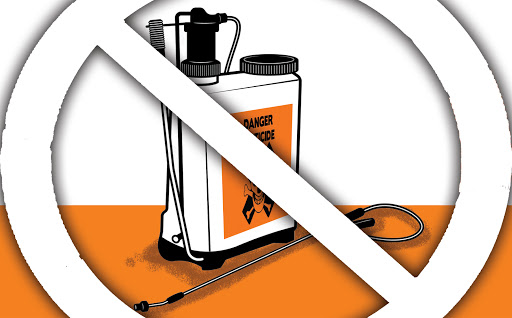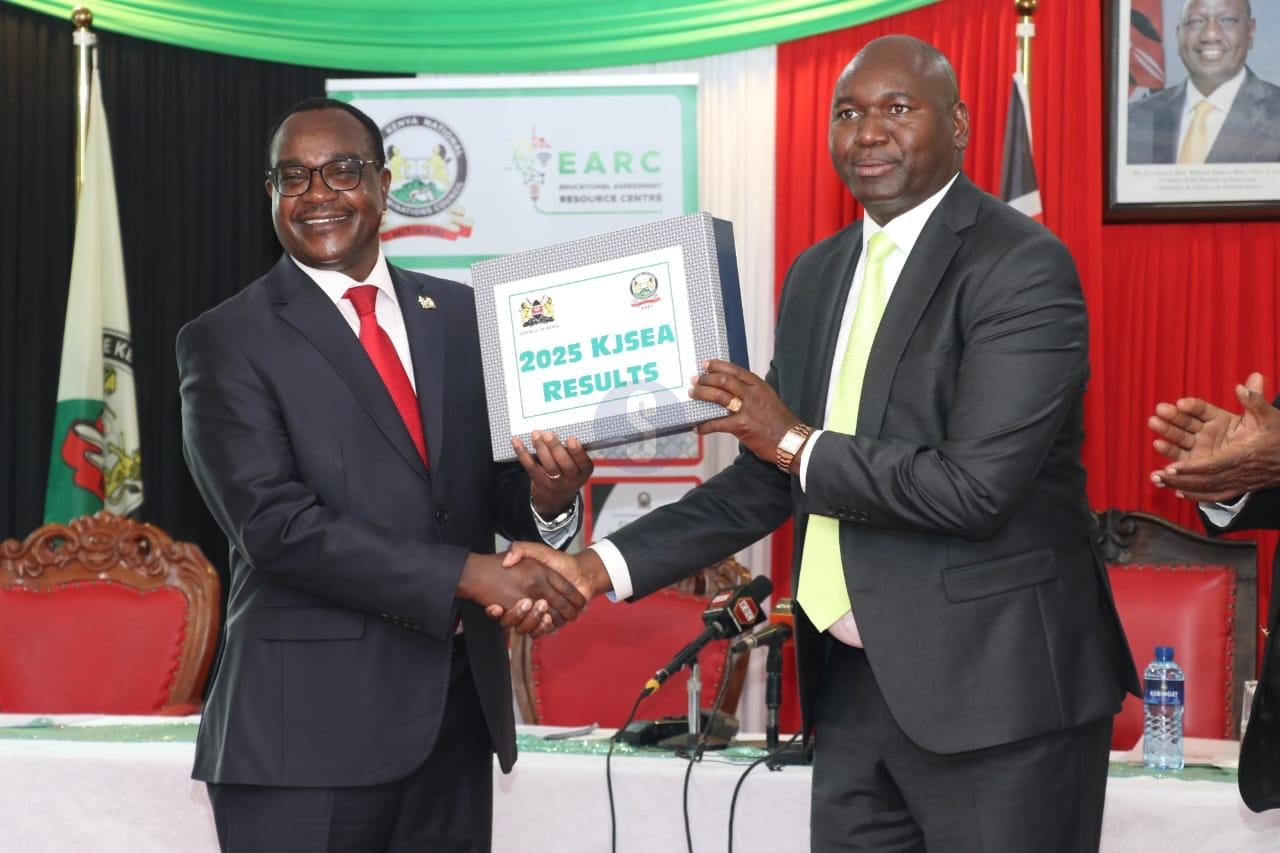
Major health issues resulting from pesticide use include acute and sub-acute poisoning.
Pesticide use in Kenya commenced during the advent of colonialism mainly in cash crops such as majorly tea and coffee.
Over the years, the use of pesticides has become rampant as the economy heavily relies on agriculture, which contributes 30 per cent of the GDP and employs more than 40 per cent of the population, with smallholder farmers accounting for 80 per cent of agricultural producers.
There has been an overreliance on synthetic pesticides and limited use of biopesticides due to perceptions about their effectiveness and availability. Driving west of the Great Rift Valley in the 1980s and early 1990s offered scenic views of dazzling, pristine white flowers with yellow centers growing along the roadsides.
While they may have seemed like ordinary wildflowers, they were actually pyrethrum which was once highly favoured for its pyrethrins used in insecticide production. At the time, Kenya produced 70 per cent of the world’s supply. However, this supply dwindled due to competition from the introduction of synthetic pyrethroids.
Conventional pesticides used in Kenya's agricultural sector include herbicides, miticides, plant growth regulators, insect repellents, and soil sterilants. Notably, Kenya is a net importer of pesticide products, with recent statistics showing imports valued at $177 million imported primarily from China, India, and Germany. Almost all industries import raw materials for formulation, with the exceptions being pyrethrin extract, kaolin, soapstone, calcium carbonate, and wattle bark.
Alarmingly, 76 per cent of the total volume of pesticides used in Kenya have been confirmed to contain ingredients categorised as Highly Hazardous Pesticides (HHPs).
Commonly used active ingredients include glyphosate, mancozeb, paraquat, and chlorpyrifos; many of which have been banned in the EU. Needless to say, the EU is a major consumer of Kenya’s fresh fruits and vegetables and changing market standards have placed increasing pressure on Kenyan producers to meet Maximum Residue Levels (MRLs). Many Kenyan exports from farmers have been rejected for being unfit and non-compliant with international standards.
The pesticides industry has evolved over time, but the current Kenyan legislation has not fully addressed changes such as strict adherence to food safety standards or penalties for suppliers of substandard pesticides. Major health issues resulting from pesticide use include acute and sub-acute poisoning, often due to repeated exposure during application. Several studies have reported widespread misuse and mishandling of pesticides in horticulture, leading to serious occupational health risks.
According
to the Pest Control Products Act (PCPB) (CAP 346), the board is mandated to
regulate the importation, exportation, manufacture, distribution, and use of
pest control products. However, key questions remain: What has the PCPB done to
regulate MRLs in imported pesticides? Is the government funding PCPB
sufficiently to conduct pesticide residue analysis in agricultural produce,
soil, and water?
In 2022, there was a glimmer of hope when Parliament drafted legislation dubbed the Pest Control Products Bill, 2022, sponsored by Gladys Boss Shollei, who is the Uasin Gishu Woman Representative.
The bill aimed to improve the legal and regulatory framework by overseeing the importation, exportation, manufacture, distribution, and disposal of pesticides. It also sought to address overlaps with the Pharmacy and Poisons Act (Cap. 244), the Food, Drugs and Chemical Substances Act (Cap. 254), and the Veterinary Surgeons and Veterinary Para-Professionals Act No. 29 of 2011, especially concerning health and safety regulations.
Late
last year, the Ministry of Agriculture engaged with the Senate Committee, and
the PCPB proposed amendments to prohibit the importation of food products
cultivated using pesticides that have been banned in Kenya. These amendments
also aim to regulate pesticide sales by ensuring that only licensed sellers can
operate. Such steps indicate a genuine effort by Kenyan authorities to tighten
pesticide regulations, promote food safety, and address public health risks.
However, the proposed amendments must be fast-tracked and passed by Parliament to promote Good Agricultural Practices (GAP).
Implementing the proposed changes will require increased budgetary allocations from the Treasury and adequate staffing. The PCPB should also adopt modern tracking technologies such as Geographic Information Systems (GIS) to map and monitor pesticides throughout their lifecycle. Moreover, a web-based Enterprise Resource Planning (ERP) system would streamline operations by combining functions like pesticide registration, agrovet licensing, and accreditation of local efficacy trial institutions.
Most
importantly, county governments should strengthen their extension services to
support smallholder farmers in adopting Integrated Pest Management (IPM)
systems.
The author is a researcher.












